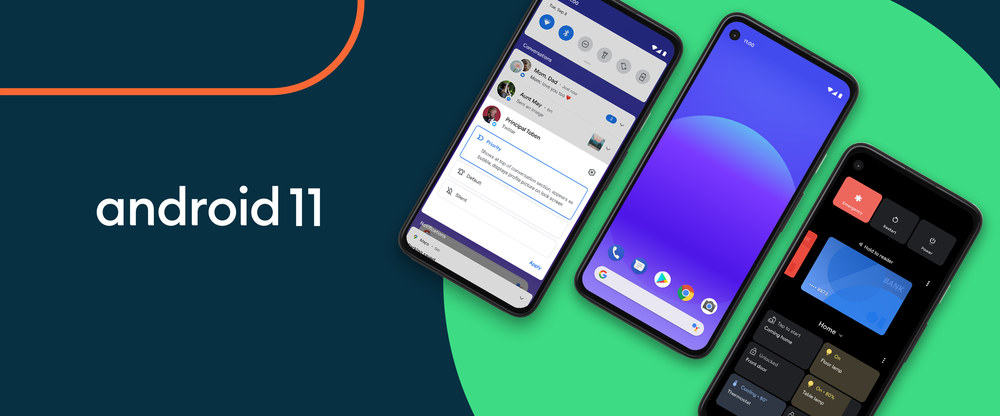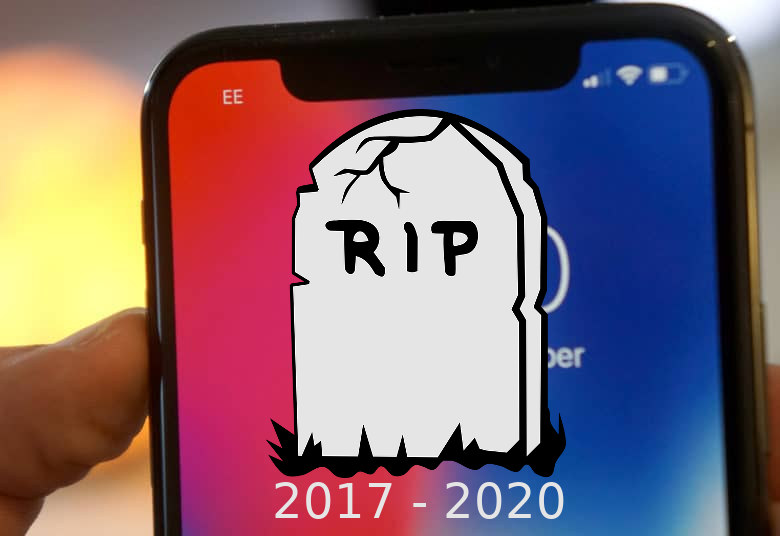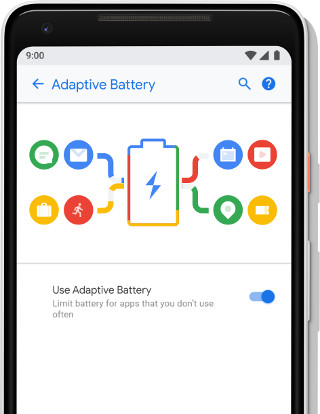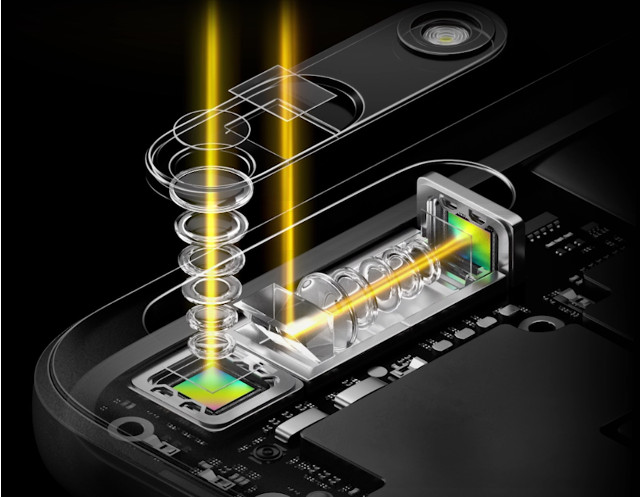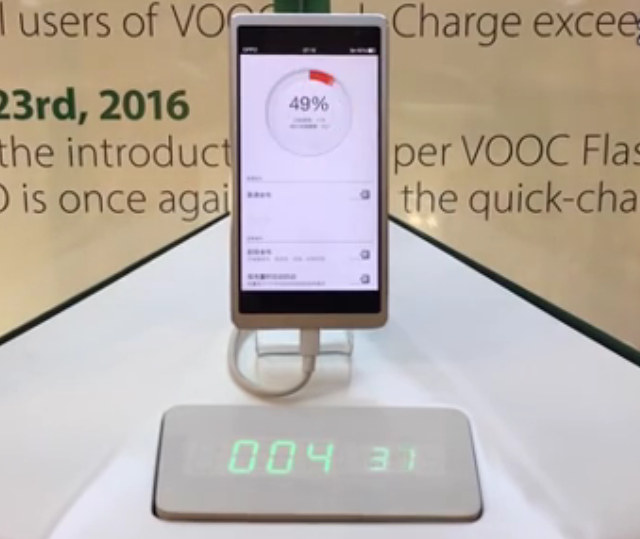Six months have passed since Android 11 developer preview was released in February and at the time we noted enhancements for foldables and 5G, new call-screening APIs, new media & camera capabilities including animated HEIF support, as well as machine learning improvements. Google has now officially released Android 11 that is currently rolling out to select Google Pixel, OnePlus, Xiaomi, OPPO, and Realme phones. More phones will be upgraded/supported in the future, and Google also introduced some Pixel-first features that will (initially?) end up on Pixel phones exclusively. All Android 11 phones will support chat bubbles to message on top of other applications, built-in screen & audio, wireless Android Auto support with compatible cars, one-time permission for increased privacy, and more. But Google may have changed strategy trying to make Pixel phones more attractive to prospective buyers and increase sales as the Android 11 release comes with the following Pixel-exclusive […]
Bye Bye Camera Notch, Hello Under Display Camera
As phone manufacturers tried to stretch the screen to body to the theoretical limit of 100%, some not-always-broadly popular design choices had to be made. And so the camera notch was born to expand the screen, which resulted into an ultra-thin top bezel, combined with a small cut-out for the front-facing camera that many people dislike. If you are one of those people, I have good news: the death of the camera notch could be near thanks to under display cameras. Xiaomi was the first company to release a demo this morning through a tweet by Alvin Tse, Head of Pocophone Global for Xiaomi. Check this out from our R&D team! @Xiaomi continues to innovate and we have some exciting tech up our sleeves. RT if you love under display camera! #xiaomi pic.twitter.com/4Rlzt9uRAd — Alvin T (@atytse) June 3, 2019 We can see two nearly identical poco phones above, except […]
Android P Beta Released. What’s New?
Last March, Google released Android P developer preview with new features such as indoor positioning with WiFi RTT, support for display notch, HDR VP9, HEIF image compression, a new API to access two or more camera simultaneously and so on. Google I/O 2018 has just gotten started, and the company announced the release of Android P beta with yet more features, and support for phones from more manufacturers. Some of the most notable features include: Adaptive Battery uses machine learning to prioritize access to system resources for a user’s most commonly run apps, and places each app in four “buckets” ranked from “active” to “rare”. Apps will change buckets over time, and apps not in the “active” bucket will have restrictions for jobs, alarms, network and high-priority Firebase Cloud Messages. App Actions will also use machine learning to show actions for specific apps depending on context. For example highlighting “Taylor Swift” […]
Oppo’s Ultra-Thin Smartphone Dual Camera Comes with a 3x Optical Zoom, Supports 5x “Lossless” Zoom
Smartphones allow you to zoom in when taking a picture, but most of the time it’s achieved using a software based digital zoom, and quality suffers greatly as a results. Oppo has however designed a new smartphone camera module with a 3x optical zoom, and “image fusion” technology to bring the level of “lossless” zoom to 5 times. Some phones such as Asus Zenfone Zoom come with a 3x optical zoom, and you can purchase detachable zoom for your smartphone, but none of those are as quite as compact as Oppo solution, which from the outside looks like a standard dual camera since it’s so thin (5.7 mm). They’ve managed to keep the module compact by designing a periscope-style structure that divert light through a prism and into a telephoto lens nested inside the smartphone, set at a 90° angle to a rear-facing wide-angle lens. The camera also comes with […]
Super VOOC Technology Fully Charges Your Depleted Phone Battery in 10 to 15 Minutes
Several fast charging technology are either available or available now with Quick Charge probably the better known, but Huawei has also showcased their own fast charging solution capable of filling up a typical smartphone battery to about 50% in 5 minutes, and Oppo has been using VOOC in their smartphones since 2014. The second version of VOOC, called Super VOOC, is promising even faster charging as the company showcased a smartphone with 2,500 mAh at Mobile World Congress 2016 that can be charge from about 5% to 100% in 10 to 15 minutes. Oppo revealed some of the key advantages of the technology in a blog post: Charging is always done at 5V, contrary to Qualcomm Quick Charge that starts with the high voltage (12V), and as the battery fills up drops to 9 and eventually 5V. Temperature is lower compared to competing solution due to the 5V charging, which […]


